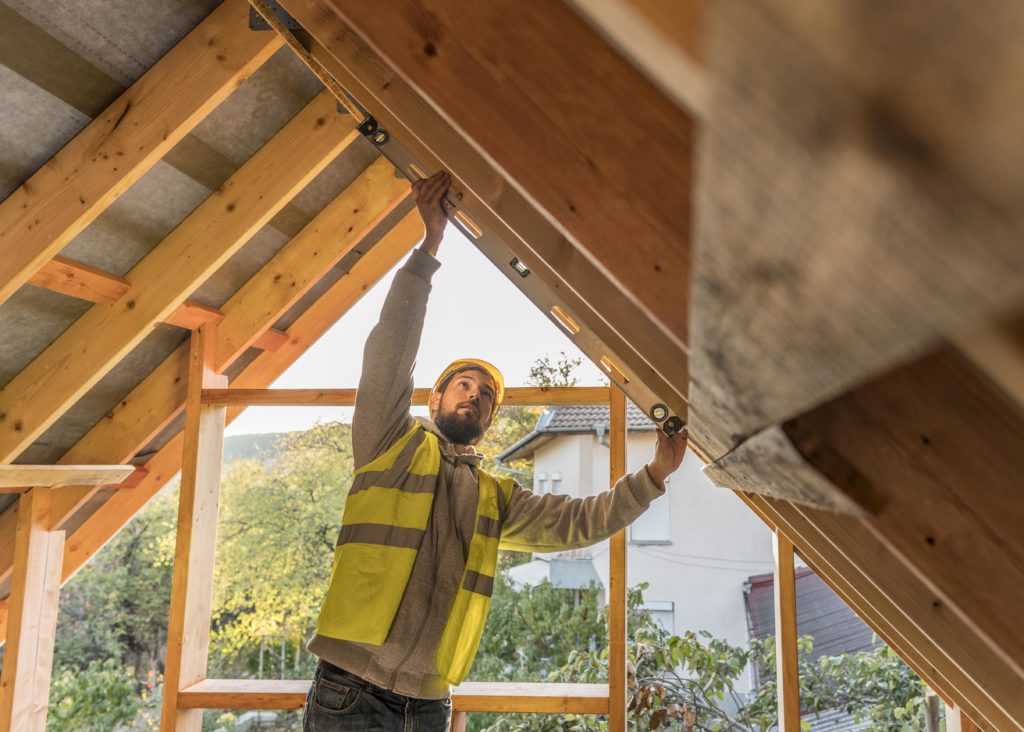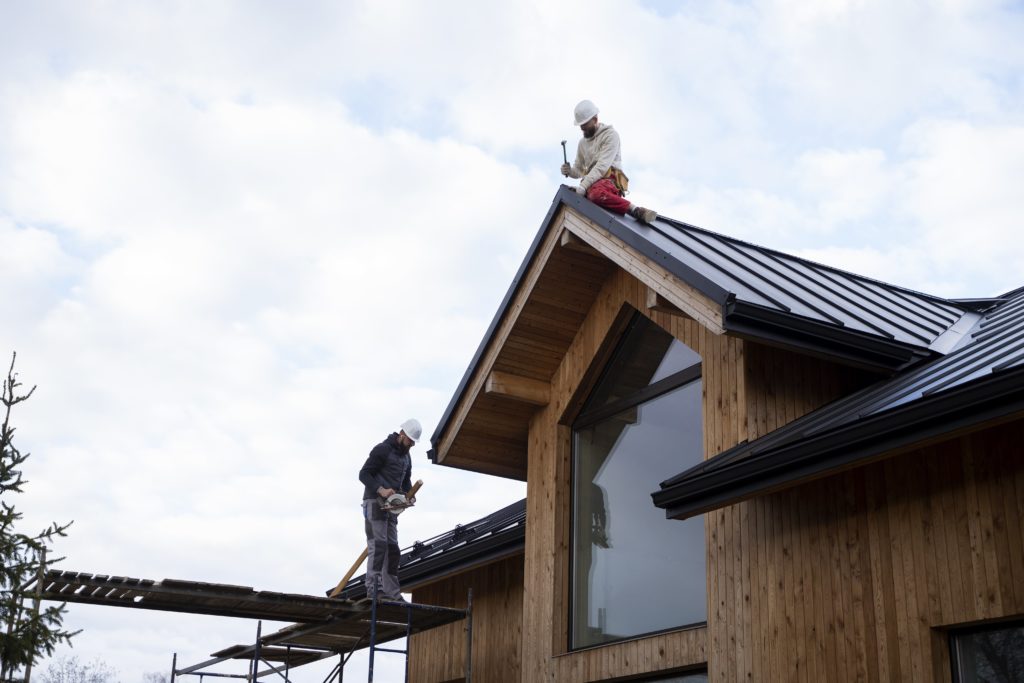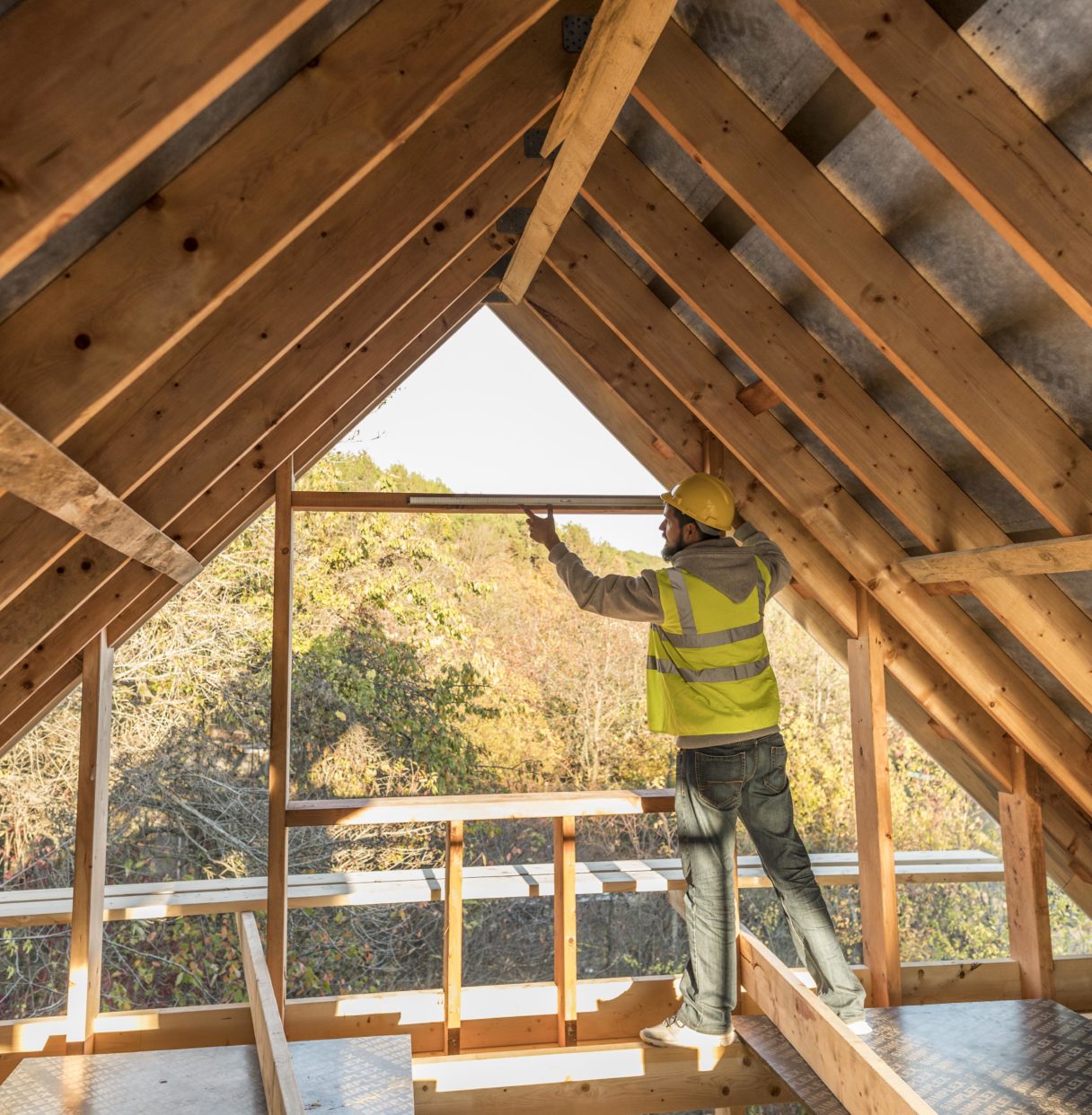Insulating your home is a key element in guaranteeing its comfort and energy performance. A poorly insulated house can lead to heat loss in winter and overheating in summer, resulting in increased energy consumption and high costs. It is therefore important to choose the right insulation according to different criteria such as thermal resistance, thickness and density, air permeability and environmental impact. In this article, we will explore the different types of insulation and insulation techniques available to help you choose the most suitable solution for your home.
Insulation, a key element for a house
Quality insulation limits heat loss during the winter season, preventing cold, draughts and damp. Similarly, it helps to maintain a pleasant temperature during the summer by limiting heat infiltration, creating a more comfortable living environment inside the house. In addition, by significantly reducing heating and cooling costs, a well-insulated house offers a clear economic advantage to its occupants. Finally, insulation is a major environmental issue, as it reduces energy consumption and, consequently, greenhouse gas emissions. In short, opting for quality insulation is a wise investment, as it combines comfort, savings and environmental protection.
Home insulation, which options to choose?
There are several types of home insulation, each with different characteristics and benefits.
Mineral insulations, such as glass wool and rock wool, are the most used because of their effectiveness and affordability.
Synthetic insulations, such as polystyrene and polyurethane, have better thermal resistance than mineral insulations and are therefore more effective in limiting heat loss. However, they have a greater environmental impact due to their chemical-based production.
Natural insulation, such as sheep’s wool or cellulose wadding, are environmentally friendly and renewable, but can be more expensive.
Criteria for choosing insulation for your home include thermal resistance, thickness and density of the insulation, air permeability to avoid thermal bridges and environmental impact to minimize your carbon footprint. It is therefore important to evaluate the different types of insulation according to their performance and characteristics to choose the most suitable solution for your home.


Home insulation, solutions for every need
There are several techniques for insulating your home, which vary according to the area to be insulated and the objective sought.
Attic insulation is a common technique for limiting heat loss through the roof. It can be done by blowing in insulation or by installing insulation boards.
Wall insulation can also be carried out from the inside or the outside, depending on the characteristics of the building. This technique limits thermal bridges and maintains a pleasant temperature inside the house.
Floor insulation is also important to avoid heat loss through the floor and to improve the sound insulation of the house.
In addition, to ensure optimal insulation of one’s home, various factors should be taken into account, such as the configuration of the building, the materials used and the general condition of the construction, as well as the standards in force and the financial aid available. To reduce energy consumption and carbon footprint while maintaining a comfortable indoor temperature, there are several types of insulation and insulation techniques to consider. However, to ensure that insulation is effective and up to standard, it is advisable to use qualified professionals. Proper insulation work can increase comfort, reduce energy bills and help the environment.

